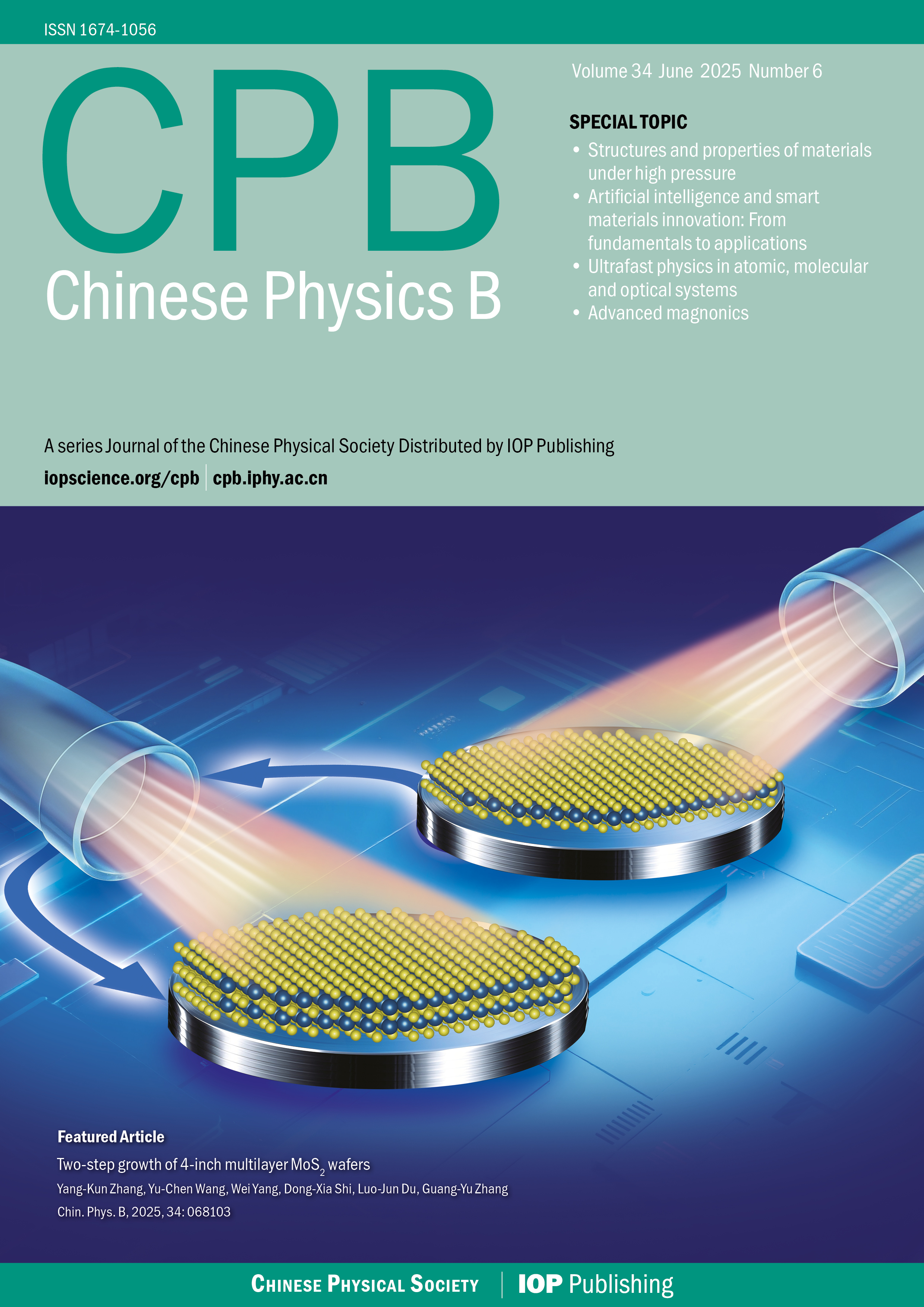Three-dimensional topological crystalline insulator without spin-orbit coupling in nonsymmorphic photonic metacrystal
- Received Date: 10/07/2024
- Accepted Date: 28/07/2024
Abstract: By including certain point group symmetry in the classification of band topology, Fu proposed a class of three-dimensional topological crystalline insulators (TCIs) without spin-orbit coupling in 2011. In Fu's model, surface states (if present) doubly degenerate at $\bar{\varGamma }$ and $\bar{M}$ when time-reversal and $C_{4}$ symmetries are preserved. The analogs of Fu's model with surface states quadratically degenerate at $\bar{M}$ are widely studied, while surface states with quadratic degeneracy at $\bar{\varGamma }$ are rarely reported. In this study, we propose a three-dimensional TCI without spin-orbit coupling in a judiciously designed nonsymmorphic photonic metacrystal. The surface states of photonic TCIs exhibit quadratic band degeneracy in the (001) surface Brillouin zone (BZ) center ($\bar{\varGamma }$ point). The gapless surface states and their quadratic dispersion are protected by $C_{4}$ and time-reversal symmetries, which correspond to the nontrivial band topology characterized by ${Z}_{{2}}$ topological invariant. Moreover, the surface states along lines from $\bar{\varGamma }$ to the (001) surface BZ boundary exhibit zigzag feature, which is interpreted from symmetry perspective by building composite operators constructed by the product of glide symmetries with time-reversal symmetry. The metacrystal array surrounded with air possesses high order hinge states with electric fields highly localized at the hinge that may apply to optical sensors. The gapless surface states and hinge states reside in a clean frequency bandgap. The topological surface states emerge at the boundary of the metacrystal and perfect electric conductor (PEC), which provide a pathway for topologically manipulating light propagation in photonic devices.

 首页
首页 登录
登录 注册
注册






 DownLoad:
DownLoad: